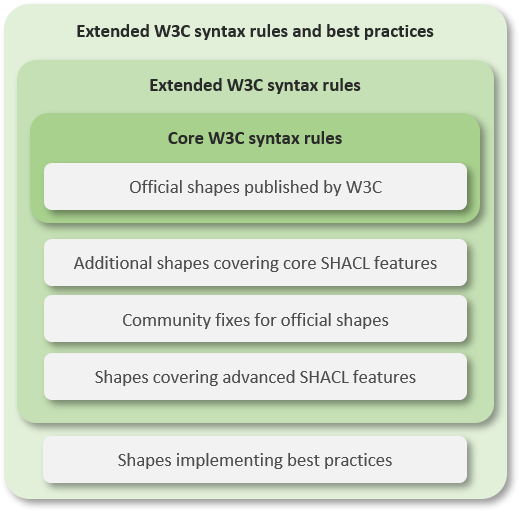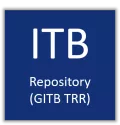
The Test Bed launches a new validator for the validation of SHACL shapes.

The Test Bed has been offering since May 2019 a validation service for RDF content using SHACL shapes. This service has shown increasing popularity with Test Bed users as it provides an easy and configuration-driven approach to setup validation for RDF-based specifications, benefiting from the Test Bed’s automation processes and hosting resources. To complement this service, the Test Bed has now launched a new validator for SHACL shapes themselves, allowing specification experts to validate their shapes before exposing them to their user communities.

Validating a specification’s SHACL shapes allows its experts to test their shapes during development, allowing them to quickly pinpoint issues that may otherwise go undetected due to the inherent flexibility and fault tolerance of RDF. In addition, shape validation enables a key quality control step for a specification as it ensures that validators and conformance test processes that use its shapes are built over robust foundations.
The new validator provided by the Test Bed complements the SHACL specification and its official published shapes with community contributions and the Test Bed team experience. This results in three incremental validation options for SHACL shapes.

Each validation option is defined as follows:
- Core W3C syntax rules: Includes the official SHACL shapes published by W3C implementing a subset of the SHACL syntax rules.
- Extended W3C syntax rules: Includes the core rules (see above), extending them to cover the remaining SHACL syntax rules. In addition, this option includes community-provided fixes from the SHACL GitHub repository and an implementation of the rules to check SHACL advanced features.
- Extended W3C syntax rules and best practices: Includes all syntax rules (see previous options), extending them with additional shapes that provide suggestions based on compiled best practices sourced from the experience of the Test Bed team and its users.
In terms of validation channels, the validator is available via:
- Web user interface, for manual validation of shapes.
- SOAP API, for SOAP-based machine-to-machine integration and use in conformance test scenarios (GITB TDL test cases).
- REST API, for REST-based machine-to-machine integration.
SHACL shape validation represents a missing element in the development of RDF specifications, one that the Test Bed now makes available to all SHACL developers. To find out more on how the Test Bed can support with your RDF validation needs check our RDF validation guide whereas more information on the Test Bed itself can be found in its Joinup space. Finally, to remain updated of all the latest Test Bed news:
Referenced solution

Shared on

The Portal




